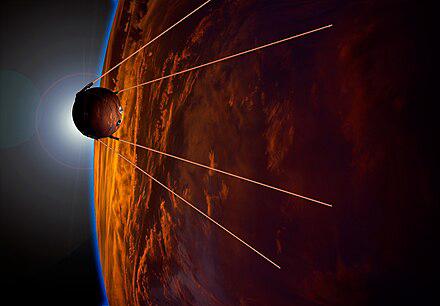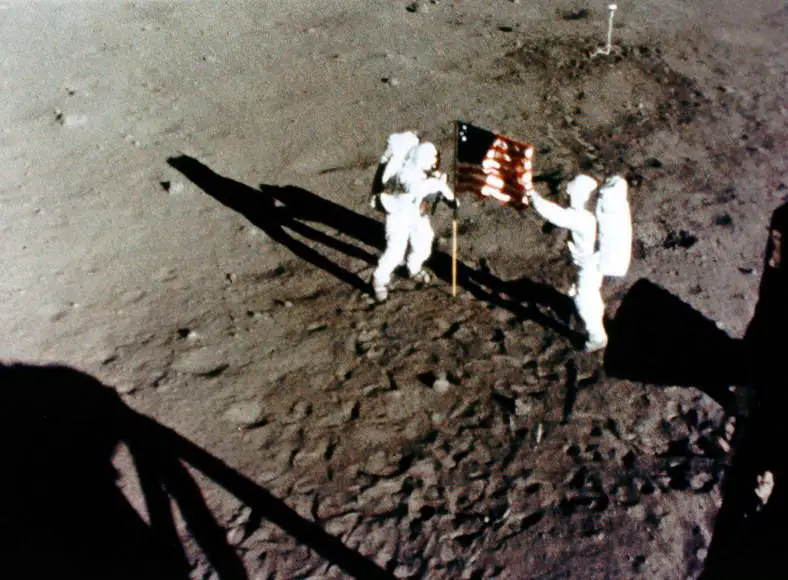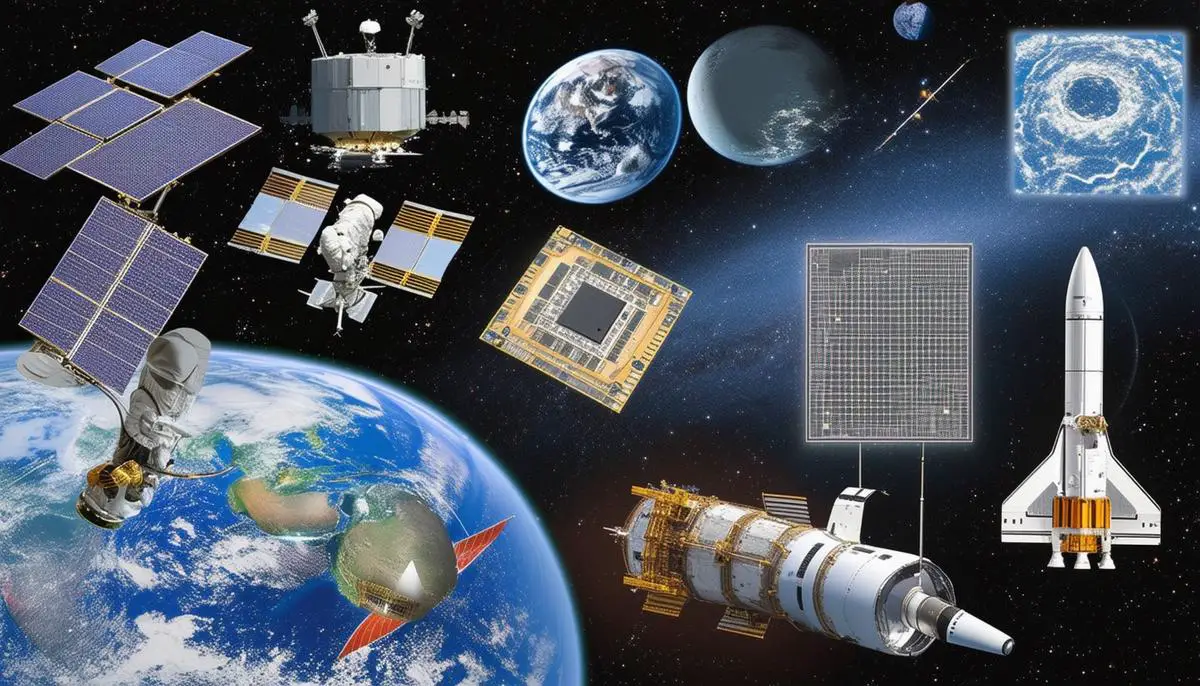Origins and Early Developments
Following World War II, the United States and the Soviet Union engaged in a missile-based arms race, leveraging wartime technologies and expertise. Technological superiority was crucial for national security, serving as a deterrent against the other's growing nuclear capabilities.
In 1957, the Soviet launch of Sputnik 1, the first artificial satellite to orbit Earth, demonstrated Soviet technological prowess and raised concerns about the U.S. technological lag. In response, the United States Congress established NASA on July 29, 1958, signifying a commitment to space research and exploration.
The rivalry led to groundbreaking achievements, with Yuri Gagarin becoming the first man in space on April 12, 1961, and President John F. Kennedy's ambitious claim that Americans would orbit the Earth and walk on the moon by the end of the decade. These advancements showcased technical skill and were driven by competing ideologies and national pride.

Major Missions and Turning Points
Yuri Gagarin's successful mission aboard Vostok 1 was a pivotal moment in the Space Race. On April 12, 1961, Gagarin became the first human to journey into outer space and safely return to Earth, completing an orbit in 108 minutes. This Soviet victory secured a narrative of supremacy and hinted at space's confrontational potential.
The United States' Apollo 11 mission was another monumental stride. On July 20, 1969, Neil Armstrong and Buzz Aldrin touched the surface of the Moon, with Armstrong's famous words, That's one small step for [a] man, one giant leap for mankind.
This mission exemplified a staggering technical achievement and intensified the prestige of the U.S. space program.
Other missions served as integral scaffolds in problem-solving crucial mission hindrances:
- The Gemini program focused on developing technologies and techniques needed for lunar missions, such as spacewalking and orbital rendezvous.
- Apollo 8 set the stage for later lunar exploration by orbiting the Moon and returning safely to Earth.
Each of these achievements galvanized global reactions, ranging from fear at perceived military ramifications to wonder concerning human potential. They shifted the focus from Cold War tensions to the possibilities of space exploration, chiseling incrementally into the edifice of our cosmic understanding.

Political and Ideological Impacts
The Space Race played a pivotal role in the ideological warfare between the United States and the Soviet Union during the Cold War. Each achievement in space was a reflection of ideological commitments and national capacities.
For the USSR, space achievements were heralded as validations of the superiority of the socialist system. The successful Sputnik launch and Yuri Gagarin's historic spaceflight were showcased as emblems of communist ingenuity and efficiency.
In the United States, these Soviet successes spurred an explosive mobilization towards scientific education and research development, manifesting in policy decisions such as:
- The establishment of NASA
- Investment in STEM education through the National Defense Education Act (NDEA)
The United States countered Soviet propaganda by tying its space achievements to free-world ideologies, showcasing its lunar landings as peaceful exploration meant for all humanity, underpinned by concepts of freedom and international cooperation.
The Space Race added a layer to the global arms race, making capabilities in space integrally tied to national security imperatives. Satellites served strategic military capabilities, affecting the perceptions and reality of military balance during Cold War tensions.
Even during periods of détente, space remained a politically charged arena, reflecting broader geopolitical shifts. Joint missions such as the Apollo-Soyuz Test Project in 1975 cultivated an image of space as a theater of peace and cooperation, though undercurrents of competition persisted.
Technological Innovations and Legacy
The Space Race was an unprecedented incubator of technological innovations that stretched the fabric of scientific possibility and molded the future of human endeavors beyond Earth. The intensive competition spurred progress in various fields, from aerospace engineering to communications, with echoes felt in today's space enterprises and common technologies.
Space exploration necessitated the development of miniaturized technology capable of functioning reliably in the harsh conditions of space. This need seeded the invention of integrated circuits and advances in telemetry, influencing consumer electronics from computers to mobile phones.
The Apollo 11 mission brought monumental strides in material science, with the development of superalloys, composites, and other sturdy materials finding their way into automotive and aerospace industries.
Advancements in rocket technology, such as the Saturn V rocket's F-1 engine, remain benchmarks in liquid-fuel propulsion, with expertise trickling down into more efficient commercial jet engines and eco-friendly rocket designs.
The drive to sustain human life in space significantly advanced understanding of closed-loop life support systems, critical to ecological and sustainability research on Earth. Monitoring satellites brought about vital changes in meteorological forecasting, environmental monitoring, and weather prediction capabilities.1
Software programming developed during the Space Race, such as the Apollo Guidance Computer, foregrounded countless software theories and practices, including error checking and user-friendly interfacing.
These technological innovations embody only a fragment of the Space Race's broad legacy, leaving enduring marks that shaped not just space science but transformed manifold global technologies and elevated industrial capabilities to new heights.

The Space Race was not merely a competition of technological prowess but a profound catalyst for innovation and ideological expression. It reshaped global perspectives, redefined national pride, and left a legacy of technological advancement that continues to influence our approach to space and technology. The impact of this era resonates in every satellite orbit and space exploration mission that follows.
- Gismatullin R, Baidali SA, Gubaidullin RD, Akhmetov LG. Principles of developing a closed-loop life support system model. IOP Conf Ser Mater Sci Eng. 2020;862:062033. doi:10.1088/1757-899x/862/6/062033
- Space Race Analysis - April 28, 2024
- Native American History - April 27, 2024
- Lewis and Clark Expedition - April 26, 2024




